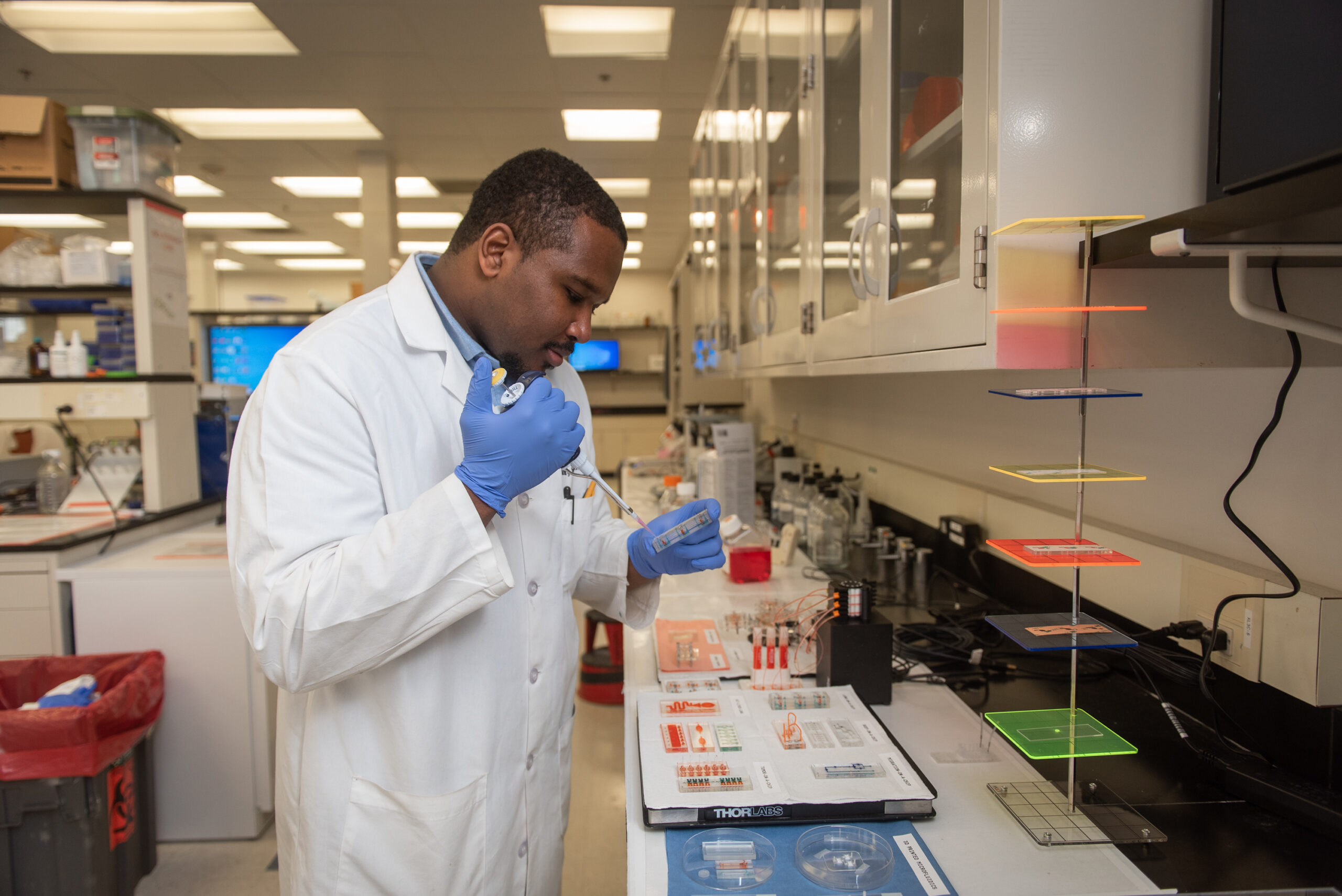Innovating Technologies in Regenerative Medicine
The advancement of regenerative medicine is built on groundbreaking technologies that are transforming how we approach tissue repair, disease treatment, and organ replacement. These core innovations such as universal media, bioreactors, bioinks, and advanced cell processing techniques are critical for bridging the gap between research and translation. Together, they enable the creation of functional tissues and organs, offering solutions to some of the most pressing challenges. Also, leveraging microgravity to advance next-generation in-space biomanufacturing opportunities stands to further accelerate the field of regenerative medicine and is part of the approach that we are taking to address these challenges.
Read about each of our innovative regenerative medicine technologies to see what we’re all about.

Universal Media provides a chemically defined, animal-free environment for cell culture, eliminating variability and ensuring consistency in cell growth and functionality. This technology is essential for reliable clinical manufacturing and scalable regenerative medicine.
Bioreactors create controlled environments that mimic the body’s natural conditions, allowing cells and tissues to pre-condition and mature before use. Standardizing bioreactor systems ensures reproducibility, quality, and scalability in the production of tissue-engineered products.
Bioinks form the foundation of 3D bioprinting, combining living cells with structural biomaterials to produce complex tissue constructs layer by layer. This innovation supports the development of personalized solutions for organ and tissue replacement.
Cell Processing Technologies optimize the preparation of cells for therapeutic use, ensuring high-quality, viable cells that meet stringent standards. These processes are the cornerstone of innovative regenerative medicine technologies.
